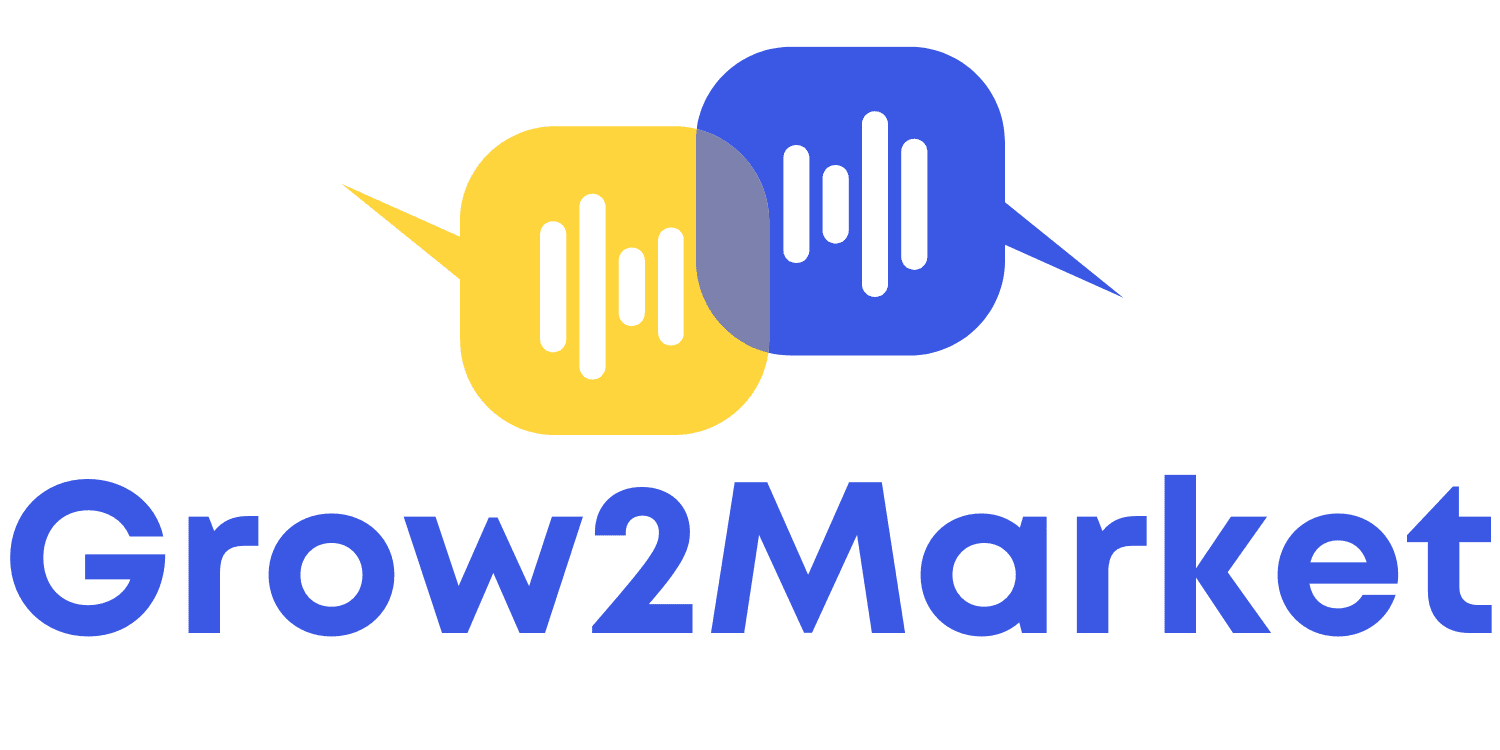AI in content marketing and SEO
When ChatGPT rose to fame in February 2023, it changed content creation once and for all. Content creation used to be a time-consuming process that could take days to generate content ideas and write copy, while today, it could take only a few hours with the help of AI.
This third article of the Enhancing go-to-market with human-managed AI series explores how to integrate generative AI into your content strategy to create high-quality, unique content that resonates with your target audience and brings results.
Download white paper
Get immediate access to all parts of the series
Download the white paper to get immediate access to all parts of the “Enhancing go-to-market with human-managed AI” series. The white paper provides business owners with guidance on how AI, integrated with human oversight, can revolutionise market strategy, drive growth and enhance customer satisfaction.

Let your persona profiles guide your content strategy
AI tools can be very useful when generating ideas for content calendars. Once you’ve built up a few profiles of your ideal customers, you’ll be better equipped to provide AI with a comprehensive description of who your content should be made for and generate content topics that are relevant to them.
Generate a content calendar using AI
Imagine you work for a B2B marketing software company and need to come up with a monthly content calendar. We have already created customer profiles and will take one of them to ask AI to generate a monthly content calendar, focusing on that buyer persona’s goals, challenges and interests. Therefore, our prompt will look the following way:
Generate a monthly content calendar for the month of March 2024 for a B2B marketing software company’s website blog. The goal is to build trust in the brand and nurture customer relationships through content. The content calendar topics should be focused on and target the following ideal customer profile (ICP):
Persona 1: The Digital Marketing Expert
Name: Sophia Nguyen
Age: 35
Location: London, United Kingdom
Job Title: Marketing Communications Executive
Company Size: Medium-sized (50-250 employees)
Industry: Digital Marketing
Short Bio: Sophia has a degree in Communications and over ten years of experience in digital marketing, having worked her way up from a content writer to her current executive role. She is highly skilled in crafting compelling marketing strategies that leverage the latest digital trends to drive brand awareness and engagement.
We entered the prompt requesting to generate a monthly content calendar. Here is the output AI produced:
Week 1: Digital marketing trends in 2024
March 1: “Digital marketing trends your should know in 2024”
March 3: “How to implement AI into your content marketing strategy”
Week 2: Leveraging new technologies for marketing
March 6: “How AR and VR can help drive better results from marketing”
March 8: “Chatbots in customer service: What marketers need to know”
Week 3: Strategies to enhance brand visibility
March 13: “Effective SEO strategies for 2024”
March 15: “How to craft engaging social media content”
Week 4: Measuring and proving ROI
March 20: “The marketer’s toolbox for analysing campaign performance”
March 15: “Measuring ROI: Challenges and solutions for marketers”
Week 5: Building and nurturing customer relationships
March 27: “Personalisation in email marketing: Strategies and tips”
March 29: “How customer feedback can improve your marketing startegy”
AI tools can be very useful and effective in generating content ideas and writing copy. However, since AI is trained on existing material, the content isn’t always 100% original. Therefore, human intervention is vital to ensure that content is reliable, meets desired standards and is relevant to your target persona.
Additionally, your competitors could get similar content recommendations as you have the same or akin target audience. That’s why we recommend thoroughly analysing AI-generated content to ensure it is unique, engaging, and tailored to your specific market and customer needs.
How to write AI prompts to generate accurate content
When the content topics are ready, you can start writing AI prompts to generate blog articles. We put some useful tips together to help you guide AI in the right direction so you’ll get the best possible outputs:
- Give AI clear and concise instructions by following the 5W1H rule (what, who, when, where, why, how).
- Avoid ambiguity in your prompts, as it might confuse AI, leading to inaccurate and irrelevant responses.
- Provide some context and include any background information to help AI understand your request better.
- If needed, give additional instructions to refine the output.
Here is one example of an AI prompt we wrote to create a social media post promoting a marketing software company’s development update:
Write a short social media post copy (60-80 words) for a B2B marketing software company’s LinkedIn page to share its latest development update. Mention the new features, including a social media scheduling tool, more email design capabilities and an updated admin panel. Highlight the value users will receive with the new platform features, such as increased productivity, improved UX and more informed business decisions.
Do you want to get rid of prompt writing headaches?
We recommend CopyReadyNow – an AI-powered copywriting platform, designed to help tech businesses produce accurate content, without the “written by AI” feel. With Copy ReadyNow, you can create content with just a few clicks and don’t need to puzzle over writing AI prompts. Sign up for CopyReadyNow and get 30 bonus credits as a welcome offer!
Do you want to get rid of prompt writing headaches?
We recommend CopyReadyNow – an AI-powered copywriting platform, designed to help tech businesses produce accurate content, without the “written by AI” feel. With Copy ReadyNow, you can create content with just a few clicks and don’t need to puzzle over writing AI prompts. Sign up for CopyReadyNow and get 30 bonus credits as a welcome offer!
Humanise AI content
Your brand voice is the way you communicate to your audience. As AI content can often sound a bit unnatural and monotonous, you should consider editing it to align with your company’s tone of voice, style and identity. It will help you remain consistent across all marketing channels, set you apart from the competitors and build rewarding customer relationships.
Optimise AI content for SEO
Google doesn’t penalise AI-generated content as long as it’s helpful, engaging and high-quality. However, if you want to achieve better results, you need to optimise AI content for SEO. AI tools sometimes struggle to follow some instructions, especially those related to word count. That’s why you should edit headings, meta tags and keywords if you want your content to rank high in search.
As you know how to create engaging and useful content with AI, you can use this knowledge to write compelling marketing messages and sales pitches for your ad and outreach campaigns.
In the next article of the Enhancing go-to-market with human-managed AI series, we deep-dive into AI’s influence on advertising and sales, showing how it can assist and enable businesses to execute targeted ads and augment outreach efforts.
Snizhana Protas
Hi! I'm Snizhana Protas, Content Marketing Specialist at Fractional Teams. I write about all things B2B marketing and sales.
